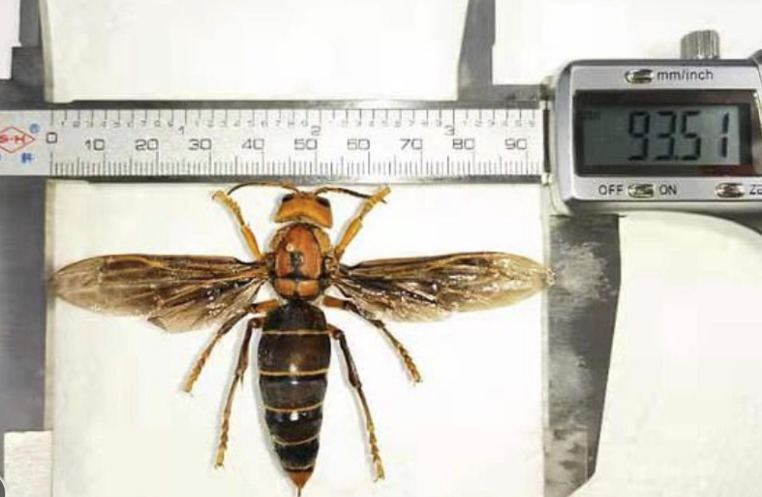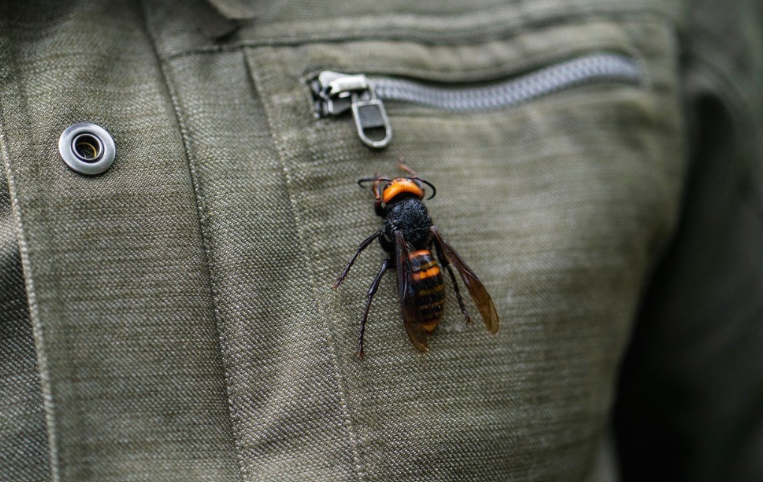In 2019, the United States faced a new and alarming threat with the arrival of the giant killer wasp, dubbed by experts as the largest and most perilous of its kind in the world. Known colloquially as the “murder hornet”, this invasive insect sparked widespread concern due to its potential for devastation.
This year, for the first time in Washington state, the “murder hornet” made its ominous debut, living up to its fearsome reputation by launching aggressive attacks on anything in its vicinity. These formidable wasps can grow to an impressive length of 4.4 centimeters.

The latest sighting occurred on August 11, merely 3.2 kilometers from the initial detection of this species in the US back in December 2019, near Blaine, Washington, as confirmed by the Washington State Department of Agriculture (WSDA).
True to their moniker, “murder hornets” display remarkable proficiency in wiping out entire beehives. Utilizing their powerful mandibles, they slaughter and decapitate bees en masse, seizing control of the hive and annihilating the brood to nourish their own offspring, according to the WSDA.
Furthermore, these hornets deliver a potent venom with each sting. Although a single sting has the potential to be lethal to a human due to the copious amount of venom injected, fatalities are rare, as reported by the WSDA.

In response to this recent sighting in 2021, the WSDA has taken proactive measures by deploying live traps in the vicinity. Entomologists will tag captured wasps to trace them back to their nests.
Moreover, given that the sighting occurred a mere 0.8 km from the US-Canada border, authorities in that region will also be implementing additional traps, as stated by the WSDA. The presence of these “murder hornets” poses a significant threat to local ecosystems, prompting concerted efforts to monitor and mitigate their spread.
